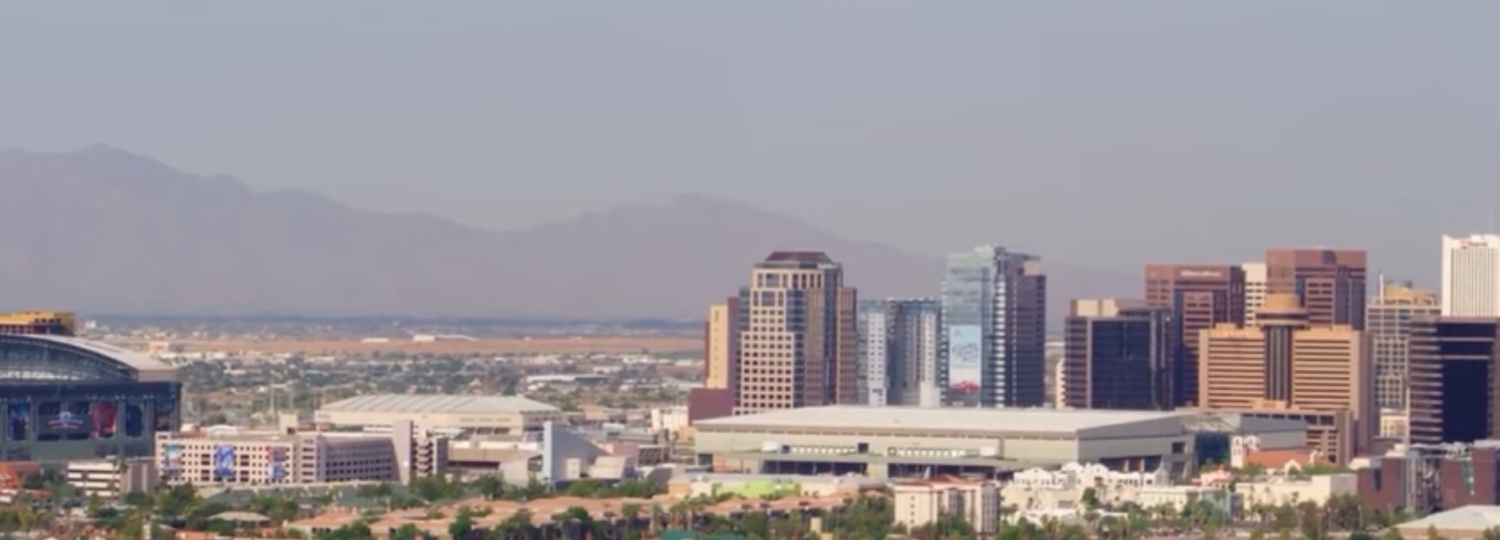The advent of air conditioning in the 1950s had a profound impact on the growth and development of Phoenix, Arizona. Prior to the widespread adoption of air conditioning, the city’s hot and dry climate made it a challenging place to live, particularly during the summer months when temperatures regularly exceeded 100 degrees Fahrenheit. However, with the introduction of air conditioning, Phoenix became a more comfortable and livable place, which helped to spur population growth and economic development.
One of the primary ways that air conditioning led to growth in Phoenix was by making it a more attractive place to live and work. Prior to air conditioning, many people found it difficult to cope with the extreme heat and dryness of the desert climate. This made it challenging for businesses and industries to attract and retain employees, particularly those with families. However, with the introduction of air conditioning, people were able to work and live in comfort, which made Phoenix a more appealing destination for businesses and workers alike.
Another way that air conditioning led to growth in Phoenix was by enabling the development of new industries and businesses. With the ability to work and live in comfort, people were able to pursue a wider range of opportunities, which helped to fuel economic growth and development. For example, the introduction of air conditioning made it possible to build new manufacturing and technology facilities, which helped to diversify the city’s economy and create new job opportunities.
The growth of the tourism industry in Phoenix is another area where air conditioning played a significant role. With the ability to cool hotels, restaurants, and other tourist destinations, Phoenix became a more appealing destination for visitors, particularly during the summer months when temperatures could be unbearable. This helped to spur the growth of the city’s tourism industry, which has become a major contributor to the local economy.
In addition to these economic factors, air conditioning also had significant social and cultural impacts on the city of Phoenix. With the ability to cool public buildings and spaces, air conditioning made it possible for people to gather and socialize in comfort, which helped to foster a sense of community and belonging. It also enabled the development of new cultural institutions, such as museums and theaters, which helped to make Phoenix a more vibrant and diverse place.
Despite these positive impacts, the growth and development of Phoenix fueled by air conditioning has not been without its challenges. One of the most significant challenges has been the strain on natural resources, particularly water. Air conditioning requires large amounts of water for cooling, which is really stretching the region’s already scarce water resources. We will discuss this a bit more later in this article. Additionally, the growth of air conditioning has contributed to urban sprawl, which has resulted in increased traffic congestion, air pollution, and other environmental impacts.
What Do Average Temperatures Look…Or Feel Like?
To further understand the impact of air conditioning on the growth of Phoenix, it is important to consider the city’s temperature averages. The city’s warm and dry climate has been one of its defining characteristics since its founding, and it has played a significant role in shaping the city’s identity and economy. According to the National Oceanic and Atmospheric Administration (NOAA), the average high temperature in Phoenix during the summer months is around 100 degrees Fahrenheit, with average lows in the 70s. The city experiences an average of 107 days with temperatures above 100 degrees each year.
These temperature averages highlight the significance of air conditioning in Phoenix. Prior to the widespread adoption of air conditioning, the extreme heat and dryness of the desert climate made it a challenging place to live and work. People were forced to adapt to the climate by seeking shelter in shady areas, taking frequent breaks, and engaging in other strategies to avoid heat exhaustion and dehydration. However, with the advent of air conditioning, people were able to live and work in comfort, regardless of the temperature outside.
In addition to the impact of air conditioning on the city’s population and economy, the city’s temperature averages also have significant environmental implications. Phoenix is located in a region with limited water resources, as previously mentioned, and the increased and growing demand for water which is of course required to power air conditioning has put a significant strain on these resources. Additionally, the use of air conditioning contributes to urban heat island effects, which can exacerbate the already high temperatures in the city and lead to increased energy consumption and air pollution.
Renewable Energy Sources and Water Conservation to the Rescue
To address these challenges, the city of Phoenix has implemented a range of sustainability initiatives aimed at reducing the city’s carbon footprint and promoting the efficient use of resources. These initiatives include the adoption of green building codes, the development of renewable energy sources, and the promotion of water conservation practices. By taking a proactive approach to these issues, the city is working to ensure that it remains a vibrant and sustainable place for generations to come.
The temperature averages in Phoenix highlight the significant impact of air conditioning on the city’s growth and development. Air conditioning played a significant role in the growth and development of Phoenix, Arizona in the 1950s and beyond. By enabling people to live and work in comfort, air conditioning made Phoenix a more appealing destination for businesses and workers, which helped to spur population growth and economic development. Additionally, air conditioning had significant social and cultural impacts, helping to foster a sense of community and enabling the development of new cultural institutions. However, the growth and development fueled by air conditioning has also presented significant challenges, particularly in terms of natural resource use and environmental impacts. Despite these challenges, the impact of air conditioning on the growth and development of Phoenix cannot be overstated and will continue to shape the city’s future for many years to come.
